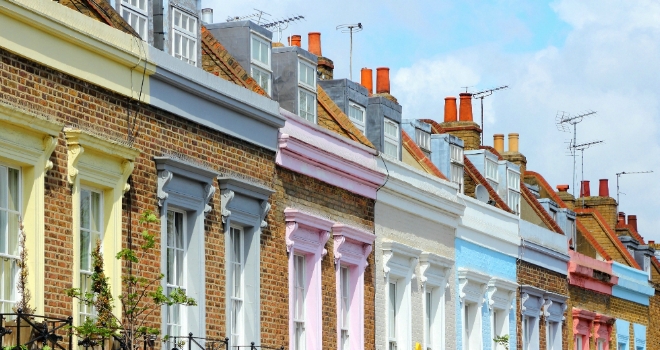
Some of which were outlined in a recent report by the National Audit Office – will not be put into practice permanently in a properly funded and nationally administered scheme, report the Council of Mortgage Lenders.
The recent NAO report criticised the Department for Communities and Local Government in its development of mortgage rescue for:
- failing to help the predicted number of households;
- miscalculating the numbers taking up different options under the scheme, with many more home-owners than expected opting for the more expensive solution;
- miscalculating the costs of each option, with both proving more expensive than expected; and
- failing to act earlier to improve value for money.
The NAO found that, although the DCLG had assumed that 6,000 households would be helped by mortgage rescue, only 2,600 home-owners with loan repayment problems have been ‘rescued’ by the scheme. And, despite an average assumed cost of £34,000 for each case, mortgage rescue has so far cost £93,000 per household.
The main reason for this is that the DCLG significantly underestimated the number of households opting for the scheme’s more expensive mortgage-to-rent option, under which home-owners who cannot meet their mortgage payments sell their property to a housing association but continue to live in it as tenants.
According to the NAO report, the proportion of households opting for mortgage-to-rent – at 98.5% – was more than six times the DCLG’s estimate of 15%. Instead of 85% choosing the less expensive shared equity option, as the DCLG expected, only 1.5% did so.
Responding to the NAO’s report, the chair of the committee of public accounts, Margaret Hodge, said:
"The mortgage rescue scheme was set up…with the laudable aim of helping the most vulnerable home-owners at immediate risk of repossession.
"However, the department was wrong about the help people really wanted…the scheme has helped fewer than half the number of households expected and each rescue has cost more than three times as much as expected."
In his response, housing minister Grant Shapps said the report recognised "weaknesses" in the way the scheme had been administered by the former Labour government but that he had acted "to significantly improve value for money for the taxpayer and get a better grip on the budget."
The CML’s reaction:
- We are disappointed by the government’s decision to manage the costs of the scheme by reducing, from March this year, the amount paid in mortgage rescue cases from 97% to 90% of the market value of the property.
We accept that this will achieve the housing minister’s goal of reducing costs, but essentially by rendering mortgage rescue an unworkable option for borrowers and lenders in many cases.
- Mortgage rescue has delivered help on a much larger scale than the 2,600 households accepted into the scheme.
Nearly 39,000 home-owners approached their local authority to inquire about the scheme and most will have then received help and guidance in another form, often from voluntary organisations, that has helped them address their payment problems and avoid possession of their home.
- While we acknowledge that the direct costs have been higher than expected, it should not be overlooked that, in exchange for the spending under the scheme, housing associations have been acquiring additional properties from which they will derive rental income in the years ahead.
- A full cost-benefit analysis of mortgage rescue would offset the financial outlay against the saving for local and central government in re-housing homeless families, and the social cost and personal upheaval for individual families that would otherwise have been caused by homelessness.
That should also include not only those taking up mortgage rescue but others who have received advice as a result of the scheme, which helped them avoid losing possession of their home.
- The government acknowledges that proposed changes to manage the costs of mortgage rescue may reverse efforts to secure national coverage for the scheme. We regret this, which could lead to inconsistency in the way local authorities treat borrowers in difficulty.
It is unfortunate that the lessons learned will not be put into practice to provide a permanent, properly funded and nationally administered scheme.
Other reactions:
We also agree with the reactions to the NAO report of key voluntary organisations that have helped households experiencing payment problems as they considered mortgage rescue and the other options available to them.
Citizens Advice social policy officer Peter Tutton said:
"The scheme was always going to be low-volume and expensive because it was designed for some of the most vulnerable people in the UK – those with children and disabilities – becoming homeless.
"It’s hard to criticise DCLG staff for what they did: they really pitched in to get solutions, and the very fact that the scheme existed meant that lenders and courts showed more forbearance."
The chief executive of Shelter, Campbell Robb, said:
"When judging the success of this scheme, it’s important to remember it encouraged almost 40,000 struggling home-owners to seek help and, as a result, many kept their home…our research shows that over half of those who came to us via this scheme managed to keep their home as a result.
"What this research really shows is the need for a permanent, carefully considered safety net, so that we are not introducing hurried schemes in response to a crisis."





